M-1 visas allow students to attend a recognized non-academic or vocational educational institution in the United States. The M visa is required, for example, if you want to attend a flight school in the USA. If you are planning to pursue vocational training or further education in the United States, we will be happy to assist you with your M-1 visa application!
Visa category: student visa
Target group: students, pupils, participants in language courses
Validity: 1 year
Length of stay: tied to program / study duration
Characteristics: valid I-20 form from the educational institution required
An M-1 visa (Nonacademic Student) entitles the holder to stay in the USA for non-academic study programs at SEVP-certified educational institutions. This includes vocational or non-academic post-secondary schools in the USA, such as flight schools.
The M-1 visa is intended for people who wish to complete a full course of study outside of a college or university. An M-1 visa is also required for vocational training or further education or evening classes.

This includes the following training courses and programs:
M-1 visas do not entitle the holder to participate in language courses or to attend a language school. You could possibly apply for the F-1 visa.
In addition, as mentioned above, the educational institution must be registered with the Student and Exchange Visitor Program (SEVP).
Applying for an M-1 visa is subject to several requirements.
SEVIS Registration and I-20 form
The educational institution in the USA must be SEVP-certified and SEVIS-registered in order to issue the I-20 form (Certificate of Eligibility for Nonimmigrant Student Status). This form is mandatory to apply for the M-1 visa at the US consulate.
An M-1 visa can only be issued if a correctly completed and valid I-20 form is submitted, signed by a Designated School Official (DSO) of the institution concerned. Otherwise, another US visa may be considered.
SEVP stands for the Student and Exchange Visitor Program, while SEVIS refers to the Student and Exchange Visitor Information System. The SEVP is a program of the U.S. Immigration and Customs Enforcement under the U.S. Department of Homeland Security (DHS) and is responsible for the administration of foreign students and exchange visitors. SEVIS is an online US government database that allows DHS and DOS (U.S. Department of State) to view the data of all M-1 visa holders residing in the United States.
Please note: The I-20 form is only issued in the United States by authorized educational institutions that offer a full study or exchange program. Therefore, not all educational institutions are authorized to issue the I-20 form. It is important to check in advance whether the educational institution is actually SEVIS-registered. This can be done using the web-based School Search Tool of the US authorities.
If you are unsure whether you can apply for the M-1 visa, get an assessment from our visa experts.
The maximum length of stay in the USA depends on the duration of training or vocational education program noted on the I-20 form and can be viewed there at any time. The training program may not exceed 1 year.
If the training lasts longer than planned, an extension of up to 12 months can be applied for at the respective educational institution.
It is also possible to enter the USA with the M-1 visa 30 days before the start of training and to remain in the United States for a maximum of 30 days after completion of training. During this so-called grace period, traveling in the USA is permitted, but working in the United States is prohibited.
Some programs include an M-1 Practical Training, whereby a maximum of 6 months of practical training is permitted.
Please note: If you stay outside the USA for a longer period of time unrelated to your training, you may lose your status and therefore also your M-1 visa.
The M-1 visa is usually issued for 1 year, whereby the exact period of validity depends on the nationality of the applicant. The Reciprocity Schedule is used to determine how long the visa is valid for. German nationals usually receive an M-1 visa with a duration of one year.
It is important to note that M-1 visas are only valid in conjunction with a valid I-20 form.
The validity of an M-1 visa does not automatically mean that you are allowed to stay in the USA for the entire duration. The validity period of the visa is not the same as the permitted length of stay, which is why it is important to distinguish between the validity of the visa and the residence status.
The validity period of a visa is the period of time between the issue date and expiration date during which the applicant can request entry at the border. The validity period is determined by the US consulate or US embassy where the M-1 application was submitted and can be seen on the expiration date on the visa.

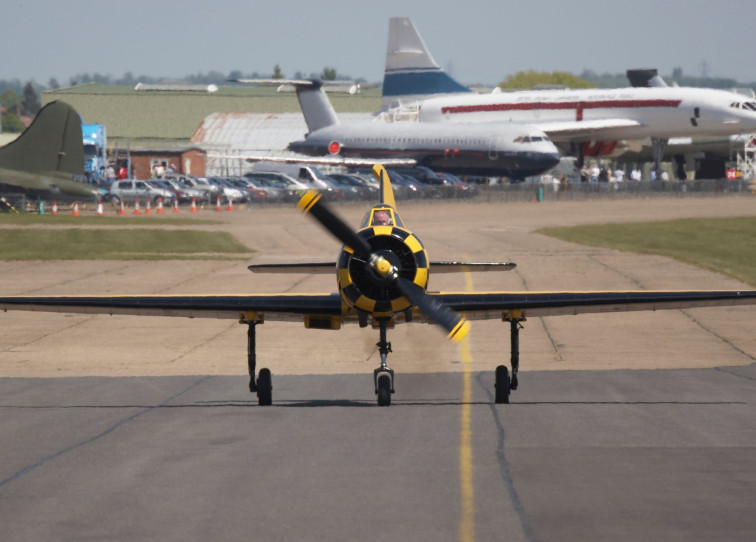
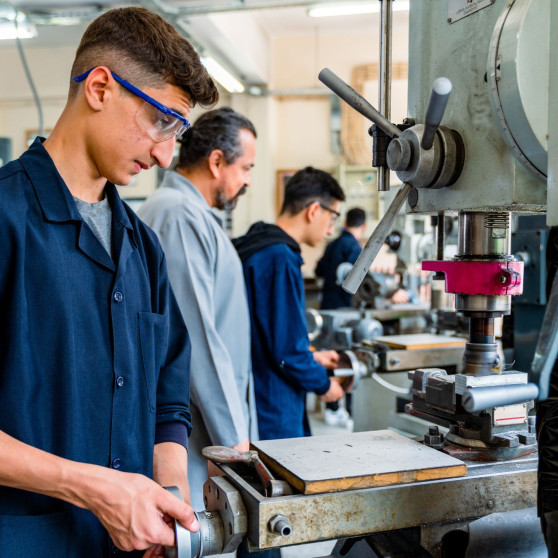
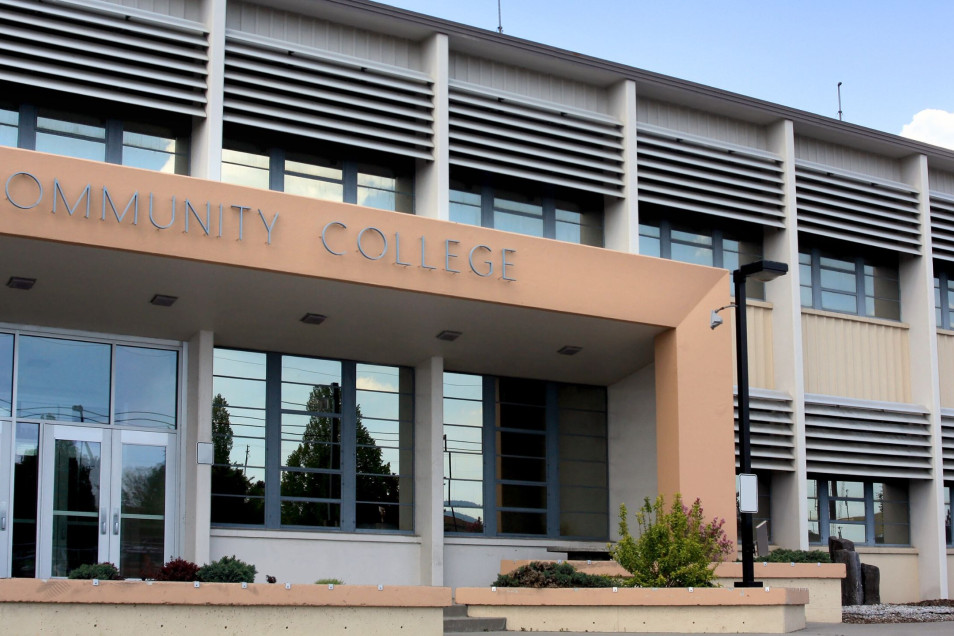
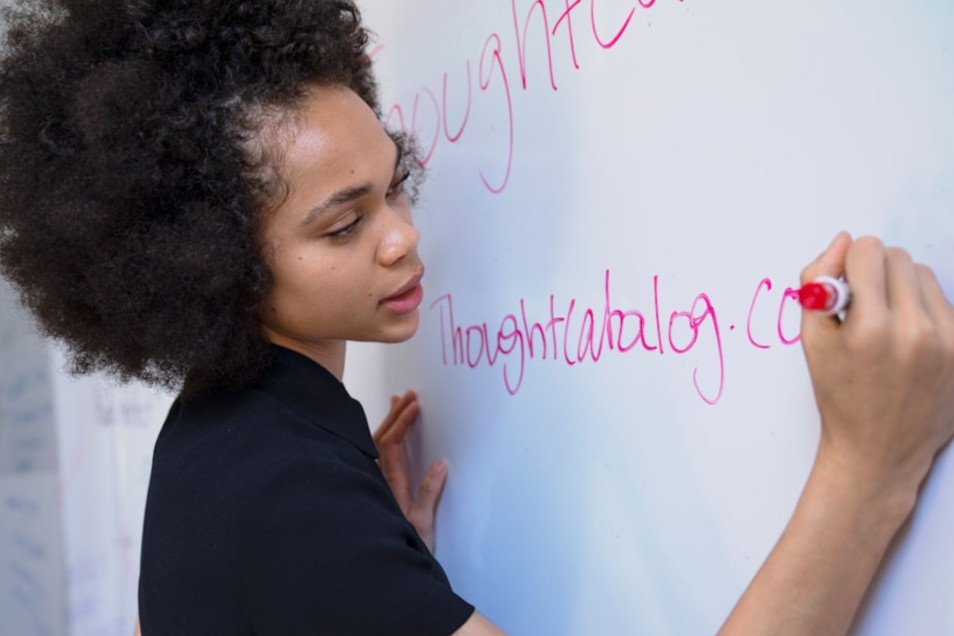
The validity period of a US visa cannot be extended, as each extension is considered a new application. However, you can at any time apply for a new M-1 visa – either in good time before your previous visa expires or after it expires. There is no limit to the number of new applications as long as you continue to meet the requirements for the M-1 visa.
Please note that the remaining period of validity of an old visa will not be transferred to a new visa. Furthermore, a previously issued M-1 visa does not automatically guarantee re-approval. All required documents – including application forms and supporting documents – must be resubmitted in full when applying for a new visa.
Attention: Under certain conditions, an extension of legal residence status is possible up to a maximum total stay of 3 years. If there is a delay in the duration of the program, for example due to illness or for school reasons, the student can apply for an extension of the stay in the USA at the respective educational institution.
It is worth checking whether you can use the postal submission procedure. The Interview Waiver Program allows certain applicants (including those between the ages of 14 and 79) to apply for an M-1 visa under strictly regulated conditions without a personal visit to the US consulate / US embassy - i.e. by mailing in the application.
To apply for an M-1 visa, the main applicant must first pay a SEVIS fee of 350 $ (there is no SEVIS fee for family members applying for an M-2 visa). In a second step, the M-1 consular fee in the amount of 166.50 € (185 $) per person.
Important: The SEVIS fee must be paid before the visa appointment and cannot be paid at a US embassy or US consulate. Otherwise, the M-1 visa application will not be processed.
Upon receipt of the I-20 form, the SEVIS fee is paid using the SEVIS number (SEVIS ID). Payment of the I-901 Student and Exchange Visitor Information System (SEVIS) fee is usually made online via www.fmjfee.com or alternatively by post. Accepted payment methods are credit card, debit card, check, money order or Western Union Quick Pay. Proof of payment (I-901 receipt) must be presented at the consular appointment as this proof is required for the issuance of the M-1 visa.
The application fee for the US visa can be paid by online bank transfer, online payment by debit card or in cash at a bank. This fee is mandatory for all M-1 applicants, non-refundable and non-transferable to other individuals. In case of delays in the application process, the proof of payment remains valid for one year from the date of payment.
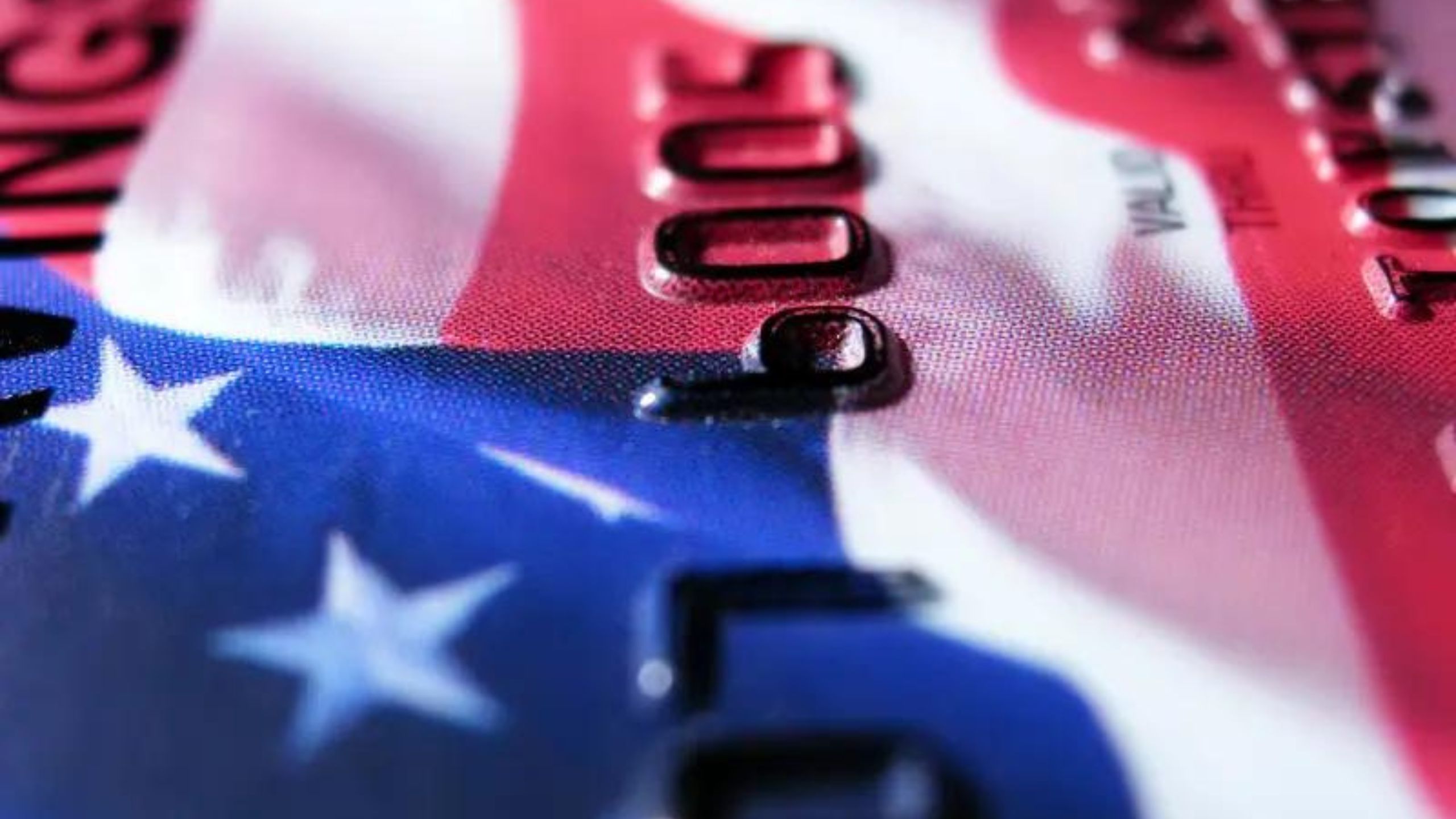
Further costs may be incurred as part of the M-1 visa application:
Detailed information on the various visa fees, possible additional costs and current payment methods can be found on our fees page.
Applying for an M-1 visa requires a thorough understanding of the application process and careful planning of all application steps. There are many aspects to consider - from choosing the right US visas according to the purpose of the trip, the correct completion of the application forms and preparation for the personal visa interview.
In the following section you will find an overview of the individual steps for the M-1 visa application. This guide is designed to help you successfully complete the process.
A basic requirement for the visa application is the I-20 form, which is issued by the US educational institution. Upon receipt of the I-20 form, M-1 visa applicants can begin the consular processing. Generally, this involves completing the online DS-160 form and applying for the visa during a personal interview in one US consulate or embassy in the home country.
All requirements for students and the necessary documents must be fulfilled or submitted in full before the M-1 application process begins.
Note: Applicants for an M-1 visa are often obliged to take out international health insurance.
In our experience, the M-1 visa application process, from preparation to review by the US authorities and receipt of the visa, usually takes 4 to 6 weeks.
M-1 visa applications can be applied for maximum 365 days before the start of training. However, as the regular application process can involve long waiting and processing times, it is advisable to apply for the M-1 visa as early as possible.
The processing time for the M-1 visa depends heavily on the availability of visa interview appointments, as the personal interview at the US consulate or US embassy is a central part of the application process. The waiting times for an interview appointment vary depending on location, time of year and the number of applications submitted. There can be considerable delays, especially during peak travel periods, which is why it is particularly important to submit applications early.
Applicants usually find out immediately after the visa interview whether the M-1 visa has been approved or not. If approved, the passport will be retained and the M-1 visa will be delivered by post to the specified address or a pick-up station approximately one week after the appointment.
For M-1 applicants who are exempt from the obligation to attend an appointment in person, a processing time of around 2 weeks should be allowed for the postal application.
Attention: In some cases, an additional security check, the so-called Administrative Processing, may be required. This procedure can take several months and delay the entire application process considerably.
To apply for an M-1 visa, the following application steps are required:
The first step in applying for an M-1 visa for the USA is to fill out the standard application form DS-160 on the website of the U.S. Department of State.
In this online form, detailed information about the applicant and the planned stay in the USA must be provided. It is advisable to have the following documents ready:
A few days after the electronic submission of the DS-160 form, the status of your M-1 visa application can be checked online.
Did you know? The professional processing and return of your DS-160 is part of our service.
Now you must visit the website of the Visa Information Service and create a visa profile. Here you can pay the visa processing fee and then make an appointment for the visa interview (or receive information on the postal submission procedure).
If you commission our US Visa Service, we will take care of creating the required online profile, pay the visa fees and arrange the appointment for the personal interview with the US consular officers.
On day of the interview you must personally appear in the US consulate or at the US embassy. Your documents will be checked there and you will be interviewed by the consular officers.
The following documents must be prepared and brought along for the appointment at the US consulate or US embassy:
Be prepared to be asked questions about your visa application, your planned stay in the USA and other relevant topics.
Usually, US visa applicants are informed at the end of their interview at the US consulate or US embassy whether or not the M-1 visa will be granted.
Our visa consultants will prepare you perfectly for this important appointment and provide you with the necessary documents to ensure that your visa interview runs as smoothly as possible.
If the M-1 visa application is approved, you will receive your passport with the M-1 visa returned by post.
The consular sections are responsible for issuing visas.
The US consular officers usually decide on the day of the visa interview whether the M-1 visa will be granted or not.
The status of the US visa application is available online. Normally there are 3 possibilities:
Your M-1 visa was granted verbally by the US officers during the visa interview and is now being processed.
After the M-1 visa has been affixed to the passport or issued, the passport with the corresponding US visa will be sent by post (to a delivery address or pick-up station).
In some cases, US consular officers determine not to approve an M-1 visa directly and issue a visa denial under Section 221(g) of the Immigration and Nationality Act (INA). The consequence of this is the so-called Administrative Processing.
The US visa application therefore requires a further security check and is subject to additional processing steps. Additional documents or information may be required from you.
If the US officers decide that you do not qualify for the M-1 category, your M-1 visa application will be denied. This denial does not have to be justified, but applicants usually receive further instructions or a denial letter on the day of the interview.
Depending on the visa category and applicant, the reasons for rejection can vary greatly (assumption of an intention to immigrate, suspicion of illegal employment, incorrect application documentation, etc.).
Use our US Visa Service to simplify the time-consuming application process and ensure that all application steps are completed correctly and on time.
In principle, it is possible to submit a new application for an M-1 visa at any time after a visa refusal. There is no prescribed waiting period between applications. However, a new application is only recommended if there have been significant changes or new circumstances since the first application, which can be proven accordingly.
A new visa application is unlikely to be successful if the requirements for the visa category applied for – such as the intention to return to the home country, sufficient financial resources or proof of professional qualifications – are still not met. In practice, the requirements for a successful application can often only be met after several months or years.
After a visa denial, the application must be completely resubmitted. It may make sense to check alternative visa categories. Please note, however, that no appeal can be lodged against a visa refusal.
The rejection of an M-1 visa can be due to various reasons. Common reasons are
The consequences of a rejection can vary considerably depending on the cause:
Although the US authorities are not obliged to provide the reasons for a refusal, you can ask politely during the interview. This information can be helpful in preparing a new application more carefully.
Thorough preparation is crucial for a successful application. Be sure to select a SEVIS-registered educational institution, fill out the DS-160 form correctly and completely, and be sure to include convincing evidence and documentation.
Many applicants believe that an approved US visa guarantees entry to the United States. However, this is not the case. An M-1 visa in your passport is not legally a residence permit and therefore does not grant automatic authorization to enter the country. Rather, a valid visa merely allows you to apply for entry at the border crossing - at an airport, for example.
The final decision on entry is made by U.S. Customs and Border Protection (CBP) officers. They check the visa upon entry and decide not only whether you are allowed to enter the country, but also the duration of your stay. This means that you may be denied entry in certain cases, even if you have a valid M-1 visa.
After entering the country, you should always check the online I-94 form or the entry stamp in your passport to see how long you are legally allowed to stay in the USA.
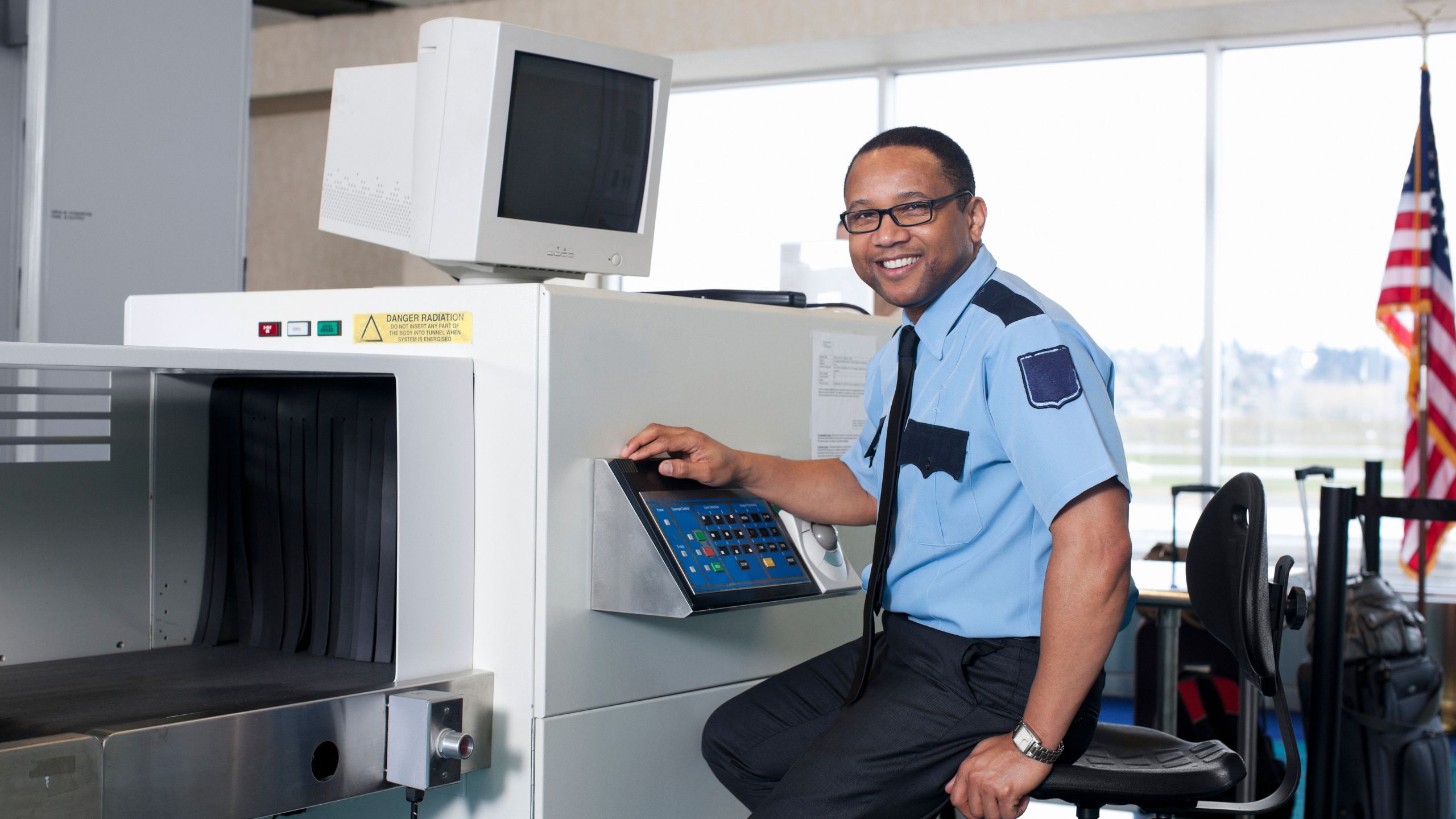
By the way: With Global Entry, biometrically registered and security-checked travelers can complete entry formalities independently and automatically at almost all major US airports. This program helps to avoid long waiting times and speeds up the entry process considerably.
Spouses and unmarried children under the age of 21 can obtain a derived M-2 visa for the same period as the main applicant.
Children can attend a public or private educational institution (elementary school or secondary education), i.e. everything from kindergarten to high school is permitted.
If a higher educational institution (post-secondary education, e.g. university) is to be attended, a separate F-1 visa must be applied for.
Spouses may only attend an SEVP-certified post-secondary educational institution as part-time students without pursuing a degree. For full-time study, however, it is necessary to apply for an F-1 visa.
Attention: If the children reach the US age of majority or get married while in the US, they must change their nonimmigrant status or leave the United States. In addition, family members with an M-2 visa are generally not permitted to work in the USA. The application for a general work permit (Employment Authorization Document, EAD) is therefore not possible under M-2 status.
Unfortunately, unmarried partners and children over the age of 21 do not receive a derived visa.

No. An M-1 visa only entitle the holder to attend a non-academic educational institution. These include community colleges or junior colleges as well as vocational or business schools that offer practical or vocational training (e.g. further training for professionals or evening classes).
Holders of an M-1 visa may not carry out any professional activities. The only exception is temporary work as part of an internship. The M-1 Practical Training enables trainees to complete practical training that is not possible in their home country.
Internships of up to 6 months are permitted after the end of the program. If the internship is approved, the USCIS will issue an Employment Authorization Document (EAD). The person must be in possession of the EAD before starting work.
Accompanying family members who receive an M-2 visa are also not allowed to take up work.
Some educational institutions in the USA require their program participants to submit the Social Security Number. But the Social Security Number is not normally issued to individuals who are temporarily staying in the United States with an M-1 visa. In this case, the educational institutions should be able to assign a different identification number to the foreign persons concerned.
However, if you would like to take up an internship that is permitted as part of your training, you can apply for a Social Security Number.
SEVIS stands for Student and Exchange Visitor Information System. SEVIS is an online database of the US government which the U.S. Department of Homeland Security and the U.S. Department of State can use to retrieve important data on all foreign students who are in the USA. SEVIS contains, among other things, information on the student's place of residence, the educational institution and the student's legal status.
The SEVIS registration of the educational institution is also required so that the I-20 form necessary for the visa application can be issued. A SEVIS number, which can be found on the I-20 document, is required to pay the SEVIS fee.
The I-20 form is issued by the respective educational institution in the United States. The US educational institution must be SEVP-certified or SEVIS-registered. You can find out whether these requirements are met via the School Search Tool of the US authorities.
Attention: The I-20 form is not an application form that you can download and fill out on the internet.
Wir und unsere Partner nutzen Cookies, um personenbezogene Daten wie z.B. Browsing-Daten zu speichern und abzurufen, um z.B. Inhalte und Werbung bereitzustellen und zu personalisieren sowie die Verwendung der Website zu analysieren und das Benutzererlebnis zu verbessern. Sie erfahren mehr über die Zwecke, für welche wir und unsere Partner Cookies einsetzen, wenn Sie unten auf den Button „Cookie Einstellungen“ klicken. Hier können sämtliche Einstellungen auch geändert werden. Nachträglich kann man jederzeit seine Cookie-Auswahl überdenken oder seine Einwilligung widerrufen, indem man auf den Link zu den Cookie-Einstellungen im Footer unserer Webseite klickt. Beachten Sie bitte, dass das Blockieren einiger Cookie-Typen unsere Möglichkeiten zur Bereitstellung von auf Ihre Interessen zugeschnittenen Inhalten haben kann oder einige Funktionen der Webseite nur eingeschränkt zur Verfügung stehen.
Durch klicken auf “Alle Cookies akzeptieren” stimmen Sie unserer Nutzung und der Weitergabe Ihrer Daten an unsere Partner zu.